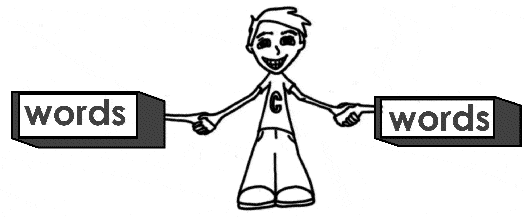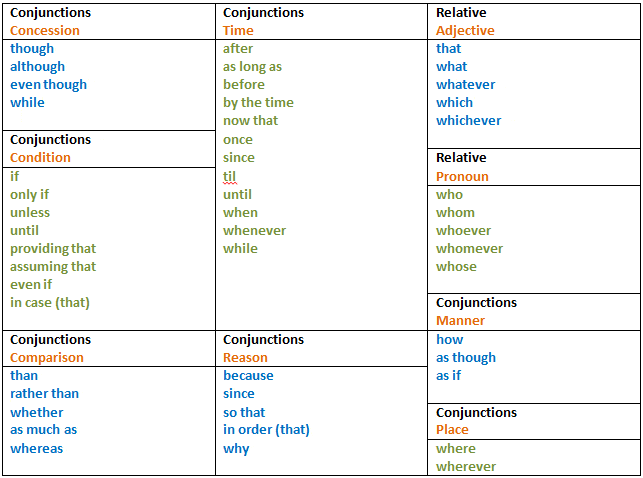
Conjunctions help us maintain a strong flow in written and verbal communication.
Used correctly, conjunctions help create better sentences; they create a natural flow and rhythm to your speech or writing. Using them incorrectly, results in disjointed or incoherent communication. So it’s important your kids learn how to use conjunctions and which conjunction to use.
Definition
Conjunctions are words that link two parts of a clause, phrase or sentence. It comes from “to conjoin”: to join or to combine. Among the most commonly used conjunctions are ‘and’, ‘or’, ‘but’, ‘so’ and ‘because’. There are three basic types of conjunctions:
coordinating conjunctions: used to connect two independent clauses
subordinating conjunctions: used to establish the relationship between the dependent clause and the rest of the sentence
correlative conjunctions: used to join various sentence elements which are grammatically equal
Coordinating conjunctions
Coordinating conjunctions are the most common form of conjunctions. They are so pervasive that they are used in nearly every sentence or paragraph in some form or another. Despite the frequency of these conjunctions, their use still results in common mistakes. There are seven coordinating conjunctions in total. You may not be able to list them off the top of your head, but there is a very simple mnemonic that can help you to remember them: FANBOYS.
F – for
A – and
N – nor
B – but
O – or
Y – yet
S – so
Subordinating Conjunctions
Subordinating conjunctions, also called subordinators, introduce a dependent clause and ties it to an independent clause. For example: You cannot leave, because I will be unhappy.

The subordinate conjunction has two jobs. First, it provides a necessary transition between the two ideas in the sentence. This transition will indicate a time, place, or cause and effect relationship.
The second job of the subordinate conjunction is to reduce the importance of one clause so that a reader understands which of the two ideas is more important. The more important idea belongs in the main clause, the less important in the clause introduced by the subordinate conjunction.
Correlative conjunctions
A correlative conjunction, as its name implies, is a pair of conjunctions that are joined together to combine two relative parts of speech.
For example: "It was either me or him."
In this sentence, "either" and "or" are the correlative conjunctions. They bind "me" and "him" together - an inclusive relationship. The following are the primary correlative conjunctions in the English language:
Not only… but also… For example: She was not only kind, but also friendly.
Neither…nor… For example: They were neither hungry nor thirsty.
Both…and… For example: She was feeling both hot and cold.
Whether…or… For example: He was not sure whether he was winning or losing.
Not…but… For example: They did not want to waste money, but they bought the dresses anyway.

